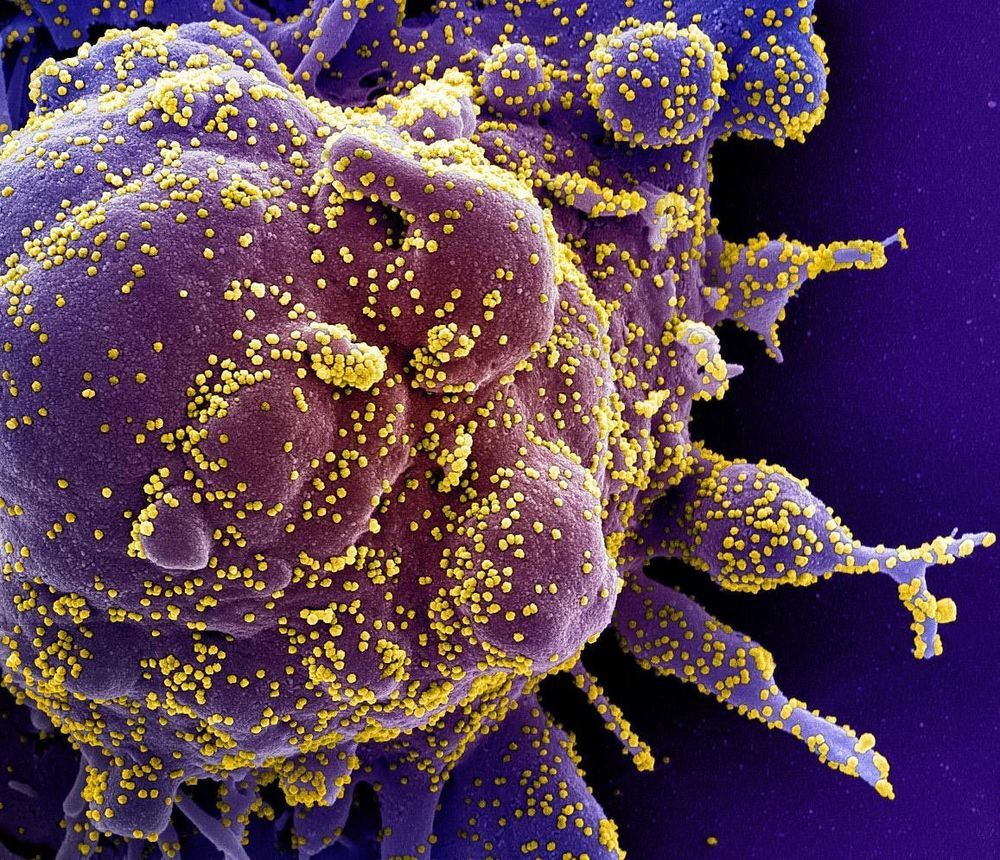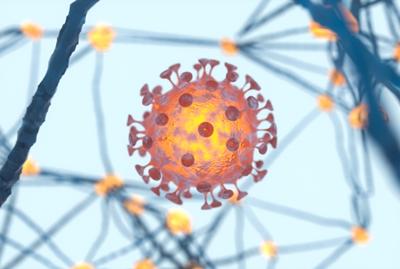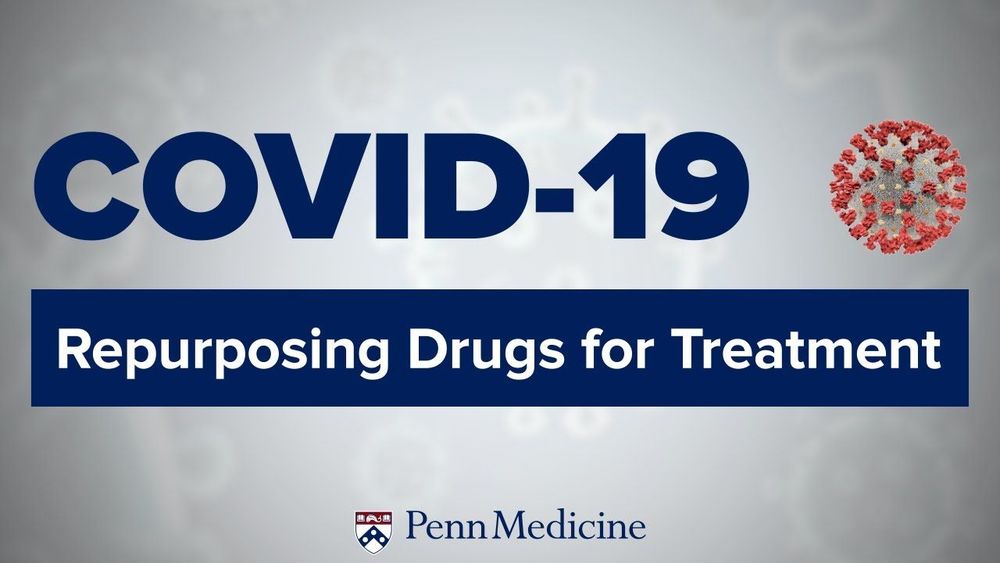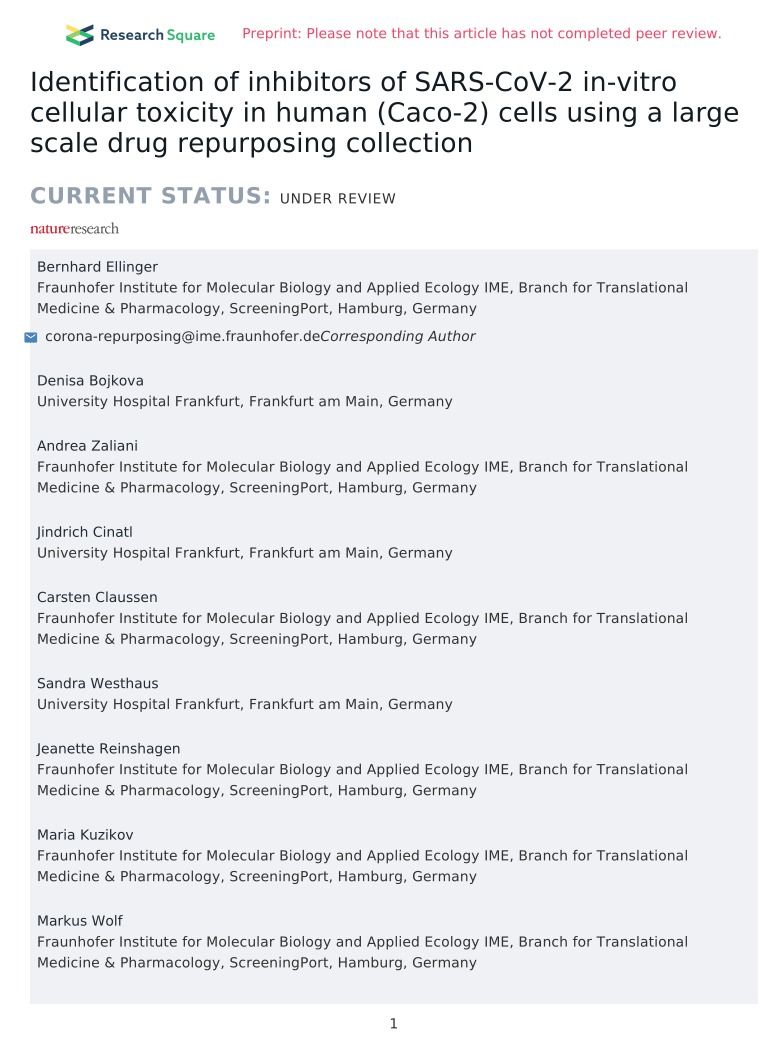Oct 18, 2020
Nobel Prize in Physics Winner
Posted by Alberto Lao in categories: biotech/medical, cosmology, physics
It’s unbelievable all that’s going on at the moment in astronomy” — DER SPIEGEL — international.
DER SPIEGEL: Wherever black holes are discussed, that picture is shown. And you are now telling us that we don’t really even know what it is?
Genzel: Exactly. It could be that we are looking at the shadow of a black hole, as it is commonly portrayed. But it could also be the outer wall of a jet that is coming directly at us at the speed of light. To know for sure, we need additional measurements. But we have a problem at the moment: the corona pandemic. Most Earth-based telescopes have been switched off.

















